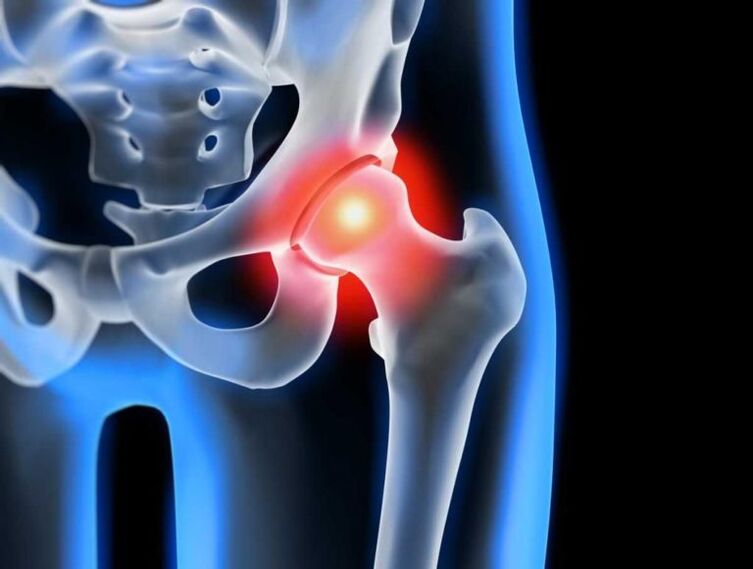
Every year, diseases of the musculoskeletal system afflict more and more people, and their development at a young age is increasingly observed. This is due not only to changes in lifestyle, but also to increased levels of injury, which are largely interconnected. One of the most common disorders of the musculoskeletal system is hip arthropathy, which is characterized by progressive pain and limited mobility. Ultimately, the disease can lead to complete immobility and disability in the joints. In order to avoid this adverse outcome, it is important to start treatment of arthropathy as early as possible. And if it can be stopped by conservative methods early in development, in the event of drastic changes, only high-tech surgery can restore hip function and eliminate excruciating pain.
What is Hip Disease
Hip arthropathy is a chronic degenerative malnutrition disease in which the hip joint is gradually destroyed. At the same time, all its components are gradually involved in the pathological process, but the hyaline cartilage is particularly affected, resulting in narrowing of the joint space and deformation of other components. More commonly, the pathological changes occur in only one hip joint, although both may be affected at the same time.
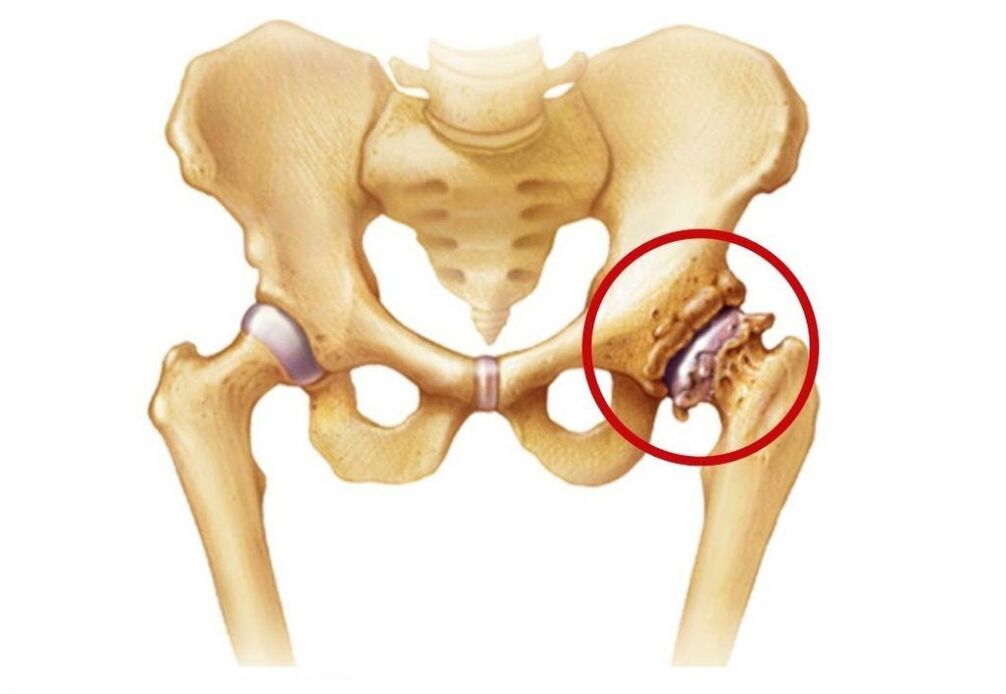
The hip joints are the largest joints in the human body because they carry the greatest load during the day. Each of them consists of the femoral head and the acetabulum, which is a bowl-shaped depression in the pelvis. Both surfaces are covered with smooth, moderately elastic hyaline cartilage. It is he who ensures smooth and unimpeded sliding of the femoral head in the natural depression, allowing movement in different planes.
Motion of the hip joint is provided by a set of muscles to which the fascia is attached. It is also surrounded by ligaments whose task is to limit its mobility to a physiological range and ensure the stability of its position.
The entire joint is surrounded by a joint capsule covered with a synovial membrane. Its main task is to synthesize synovial fluid, which lubricates the adjacent parts of the hip joint and acts as its nutrient carrier. It is from the synovial fluid that the hyaline cartilage covering the surface of the femoral head and acetabulum constantly receives components to form new cells, ie regeneration. This is extremely important for this cartilage formation, as it wears down with every movement of the hip, but usually recovers immediately. But when injured or affected by other factors, this does not happen, leading to the development of hip arthropathy, which is the thinning and destruction of its hyaline cartilage.
As a result, deformed areas are formed in the ideal smooth cartilage, increasing as the pathology progresses. As it wears away, the surface of the bone that forms the joint is exposed. When they touch, there is typical tightening and sharp pain. This triggers the formation of osteophytes, and in the final stages of development, the femoral head fully fuses with the acetabulum, rendering the hip joint unable to perform any movement.
At the same time, arthropathy of the hip can trigger the development of various inflammatory processes within the joint, including:
- Bursitis - inflammation of the synovial bag;
- Tenosynovitis - an inflammatory process of the tendon sheath of muscles;
- Tunnel syndrome - nerve compression, causing radiating pain along the strangled nerve.
reason
One of the common reasons for the development of hip arthropathy is mechanical injury, not only direct but also micro-injury due to the damaging effects of overloading on it. One of the most common reasons for the development of the disease is a fracture of the femoral neck.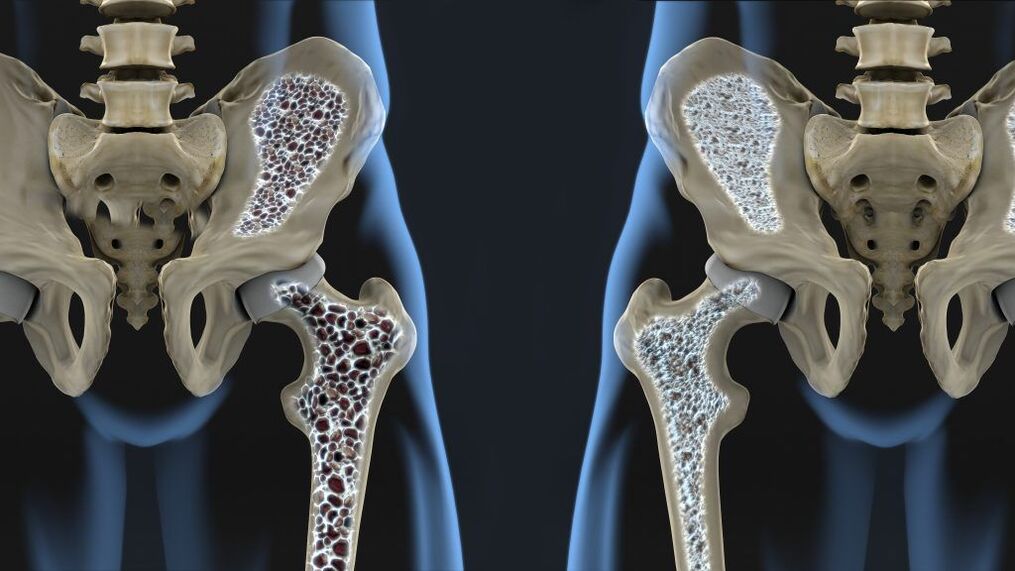 It exits from the femur at a 120° angle and connects to the head. The presence of osteoporosis significantly increases the likelihood of a hip fracture, but this injury can also be caused by traffic accidents, falls from heights, impacts, etc.
It exits from the femur at a 120° angle and connects to the head. The presence of osteoporosis significantly increases the likelihood of a hip fracture, but this injury can also be caused by traffic accidents, falls from heights, impacts, etc.
Femoral neck fractures may be accompanied by aseptic necrosis of the femoral head, which would be a trigger for degenerative dystrophic changes in the joint. The presence of hip dysplasia or subluxation, ligament rupture, transcondylar fracture, or acetabular fracture also creates favorable conditions for its structural damage. In this case, posttraumatic arthropathy of the hip is diagnosed.
Post-traumatic hip joints commonly occur in professional light and weight lifters, skydivers, loaders, and skaters.
The development of hip arthropathy after injury is due to the destruction of the uniformity (comparability) of the articular surfaces, a decrease in the quality of the blood supply to the articular components and prolonged immobilization. Due to prolonged immobility, not only the blood circulation in the fixed area deteriorates, but also the muscles shorten and the muscle tone decreases. The likelihood of post-traumatic arthropathy increases significantly when inappropriate conditions or untimely treatment result in the preservation of deficits of varying severity. In addition, the risk of its development is also increased due to premature joint loading and inadequate exercise therapy (including too intense) starting later or vice versa.
Occasionally, the disease occurs after hip surgical intervention due to scarring and additional tissue trauma. Although in some cases surgery is the only way to eliminate the consequences of an injury.
Excessive loads can also cause changes in the hip joint, as they can cause minimal trauma. Regular tissue damage activates the division process of chondrocytes (cartilage tissue cells). This is accompanied by an increase in the intensity of cytokine production, which is usually produced in small amounts. Cytokines are mediators of inflammation, especially the cytokine IL-1, which leads to the synthesis of specific enzymes that destroy the hyaline cartilage of the hip joint.
In addition, high loads can cause microfractures of the subchondral plate. This causes it to gradually compact and form bone growths on the surface called osteophytes. They can have sharp edges that can cause more damage to the joint, as well as damage to the surrounding tissue.
The subchondral plate is the most distal part of the bone that is in direct contact with the hyaline cartilage.
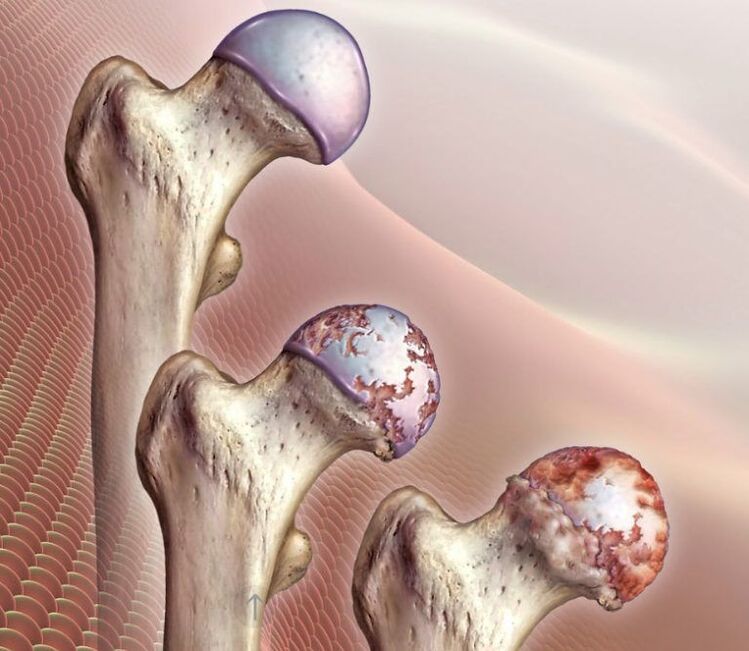
In some cases, it is impossible to pinpoint exactly what triggers the development of degenerative dystrophic changes in the hyaline cartilage of the femoral head and acetabulum. In this case, the diagnosis is idiopathic or primary arthropathy of the hip.
It has been established today that the tendency to develop it can be inherited, i. e. the presence of this pathology in close relatives significantly increases the chance of developing hip arthropathy. It is assumed that it is polygenic, i. e. its development depends on the presence of many genes. Each of them individually creates mild prerequisites for the development of the disease, but when combined it becomes a matter of time, especially when living a sedentary lifestyle and being obese, and vice versa, During hard physical labor.
One theory is that arthropathy of the hip is the result of congenital or acquired mutations in the gene for procollagen type II.
There is also secondary arthropathy of the hip, which develops in the context of concomitant disease and age-related changes.
symptom
The disease is characterized by pain, limited mobility, and tightness in the hip joint, the severity of which depends directly on the degree of neglect of the lesion. During the final stages of development, shortening of the affected leg and complete immobility of the hip joint can be observed due to complete fusion of the skeletal structures that form it.
Initially, the disease can progress without obvious signs and cause mild short-term pain. Usually, they appear after physical exertion, especially walking, weight bearing, squatting, bending over. But as the degenerative dystrophic changes in the joint progress, the pain increases. Over time, they not only became more intense, but also lasted longer, and the interval between the onset of physical activity and their appearance shortened. At the same time, rest, even a prolonged one, may not bring relief. Subsequently, the pain can be torturous even when the hip is still for a long time, for example, after a night's sleep.
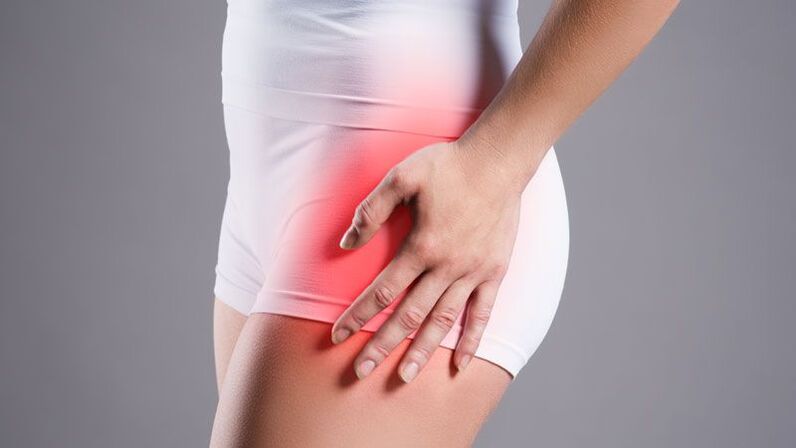
If intra-articular structures invade nearby nerves, pain can radiate to the groin, buttocks, thighs, and knees. However, they tend to be exacerbated by hypothermia. In the final stages of disease development, the pain becomes unbearable. This can lead to an unconscious desire to feel sorry for the leg and reduce stress on it, leading to lameness.
Another symptom of hip arthropathy is reduced range of motion. Most of the time, the ability to turn the leg in and out is limited, raising the leg with the knee bent up to the chest. Over time, so-called morning stiffness develops, which disappears after the patient "diversifies". Subsequently, compensatory bending of the pelvis is possible, which leads to changes in gait. In the future, the patient will completely lose the ability to perform certain movements with the affected leg.
If arthropathy develops at the same time in both hip joints, the development of the so-called duck gait with pelvic retraction and forward body leaning is observed.
All of this can be accompanied by the formation of hip edema. But in the case of being overweight, they may go unnoticed.
Often, during exercise, especially extensor movements, the affected joints experience tightness. This is a result of the exposed bony surfaces of the femoral head and acetabulum and their friction against each other. In this case, the pain increases dramatically.
Also, with arthropathy of the hip, painful spasms of the femoral muscles may occur. In very advanced degenerative dystrophic disease, when the joint space has almost completely disappeared and the femoral head begins to flatten, a shortening of the affected limb of 1 cm or more is observed.

Generally speaking, there are 3 degrees of arthropathy of the hip joint:
- Grade 1 - Narrowing of the joint space at the hip and slightly sharp edges of the bony structure, indicating the onset of osteophyte formation. Clinically, there is a mild pain syndrome and some movement restriction.
- Grade 2 - The joint space is reduced by more than 50% but less than 60%. Obvious osteophytes were observed, along with evidence of cysts in the skeletal epiphysis. Patients noted significant restriction of hip motion, which could be traced to tightness, pain, and thigh muscle atrophy of varying severity during exercise.
- Grade 3 - More than 60% reduction in joint space or complete disappearance, osteophytes occupy a large area and volume, and subchondral cysts are observed. The hip joint is stiff and the pain can become unbearable.
diagnosis
The presence of pain and other symptoms of hip arthropathy is a reason to contact an orthopaedic surgeon. Based on data obtained during interviews and examinations, doctors will be able to suspect its existence, especially if he has suffered hip or pelvic injuries in the past.
The presence of hip arthropathy is manifested by pain, the intensity of which increases over several years. More rarely, degenerative dystrophic changes develop rapidly, taking months from the first signs to the onset of a severe, permanent pain syndrome. It is characterized by increased pain when standing or performing physical work. Also, with arthropathy, morning stiffness lasting up to half an hour is typical and can also occur after prolonged immobility. Gradually, there is an increase in the limitation of motion and deformation of the hip joint, which may be noticed by an orthopaedic surgeon during examination at a later stage of development.
However, all patients must be assigned instrumental research methods with which the presence and extent of hip arthropathy can be confirmed and differentiated from some other diseases with similar symptoms. Typically, diagnosis is made using:
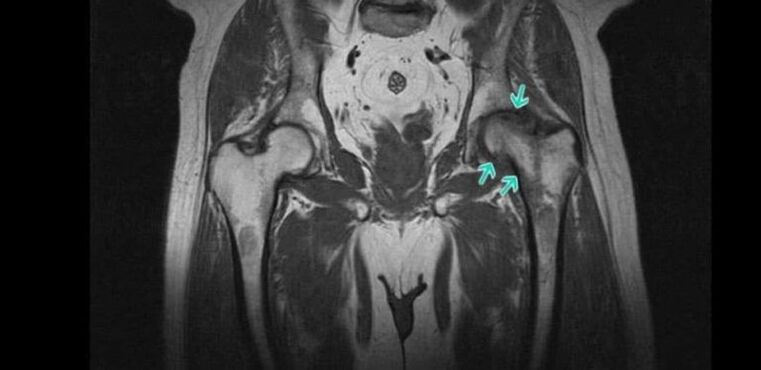
- Radiography - allows you to detect the main signs of arthropathy, especially the narrowing of the joint space and the presence of osteophytes. But recently, CT has become a more informative research method, which makes it possible to more accurately assess the condition of the hip joint.
- MRI is an informative method for diagnosing various changes in the structural state of soft tissue, including cartilage, which makes it possible to detect the slightest signs of hyaline cartilage degeneration.
Additionally, patients may undergo laboratory tests including KLA, OAM, biochemical blood tests, and more. They need to identify the concomitant diseases that create the prerequisites for the development of secondary arthropathy of the hip.
Treating hip joint disease without surgery
Degenerative dystrophic changes of the hip can be managed conservatively with only 1st and 2nd degree arthropathy. Prescribed measures can improve the patient's condition, stop or at least slow down the progression of the pathology, thereby maintaining the ability to work. But they cannot lead to a full regression of changes that have occurred in the joints.
Today, as part of the conservative treatment of hip arthropathy, the following are prescribed:
- medical treatement;
- exercise therapy;
- physiotherapy.
In addition, patients are advised to make certain adjustments to their lifestyle. Therefore, in the case of excess weight, it is worth taking steps to reduce the weight, i. e. increasing the level of physical activity and reconsidering the nature of nutrition. If the patient is actively involved in sports and overloads the joint, resulting in minimal trauma, a reduced training intensity is recommended.
medical treatement
Drug therapy for hip arthropathy is always complex and includes drugs from different groups designed to reduce the severity of disease symptoms and improve the flow of metabolic and other processes in the joint. it:
- NSAIDs - drugs with anti-inflammatory and analgesic properties, produced in oral and topical forms, allowing you to choose the most effective and convenient way of use;
- Corticosteroids - drugs with powerful anti-inflammatory properties, used in most cases in the form of injections, since they lead to the development of adverse side effects when choosing systemic therapy;
- chondroprotectants - drugs synthesized on the basis of natural components used by the body to restore cartilage tissue (long-term prescription);
- Muscle relaxants - drugs used for muscle spasms, which can cause varying degrees of pain;
- B vitamins - help improve nerve conduction required for the development of carpal tunnel syndrome;
- Preparations that improve microcirculation - helps to increase the strength of blood circulation in the affected area, thereby increasing the speed of metabolic processes and helping to restore damaged cartilage.
If concomitant diseases are found, relevant specialists should be consulted and appropriate treatment should be instituted.
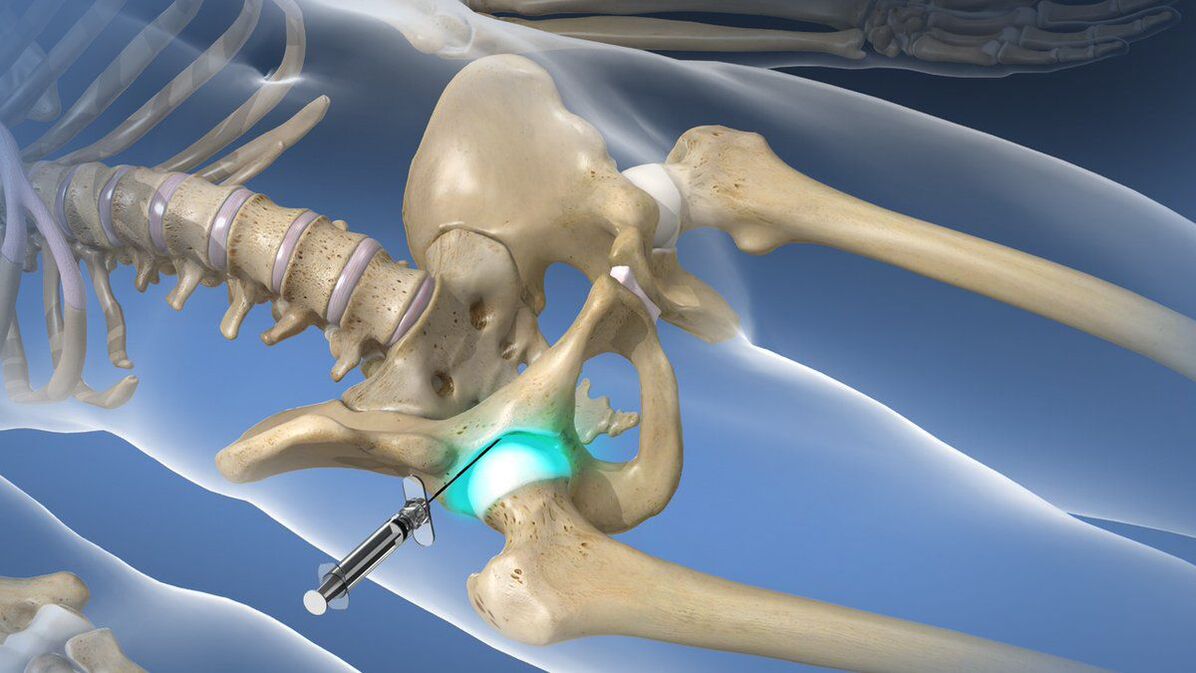
For very intense, debilitating pain syndromes that do not go away with the help of prescription NSAIDs, intra- or peri-articular blocks are available. They involve injecting a local anesthetic along with corticosteroids directly into the joint cavity, which can rapidly improve health. But this procedure should only be performed in a medical facility by qualified specialists, otherwise the risk of complications is high.
exercise therapy
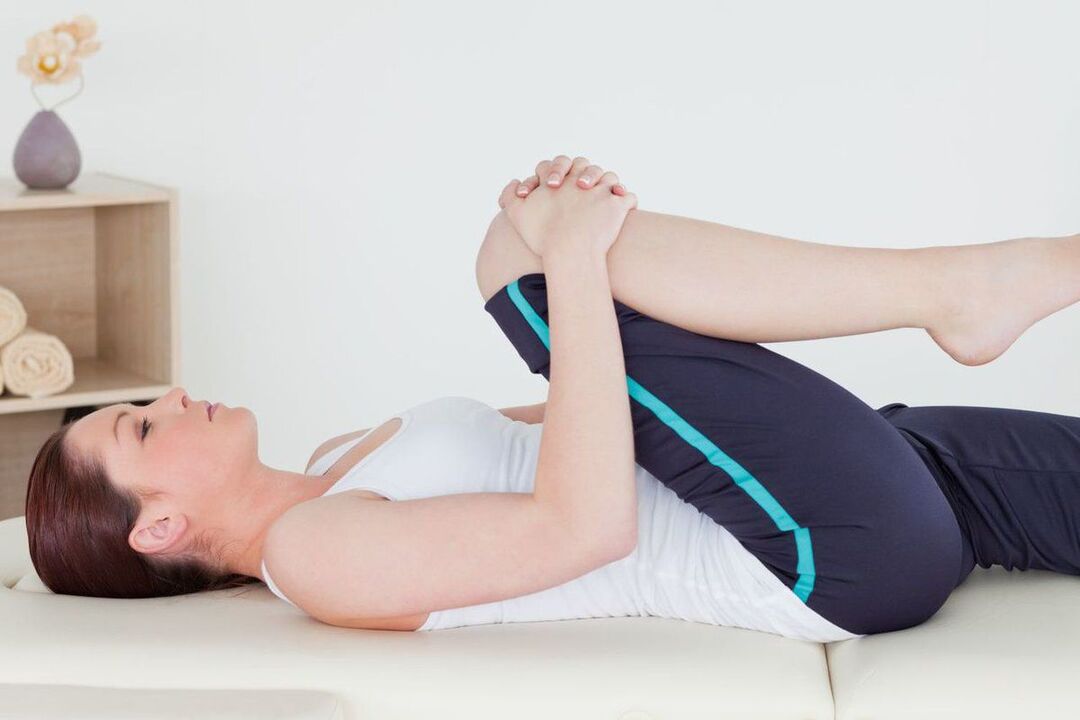
Physical therapy exercises play a leading role in the non-surgical treatment of hip arthropathy, including idiopathic and posttraumatic forms. However, a set of exercises must be selected on an individual basis, taking into account the nature of the previous injury, the patient's level of physical development and existing concomitant diseases.
Exercise therapy should be performed every day in comfortable conditions, without rushing. All movements should be carried out smoothly, without cramps, so as not to hurt the deformed hip joint. This will allow:
- reduce the intensity of pain syndromes;
- increase joint mobility;
- Reduce the risk of muscle wasting;
- Increases the intensity of blood circulation and metabolic processes.
physiotherapy
In order to increase the effectiveness of the prescribed measures, it is generally recommended that patients with hip arthropathy undergo a course of physiotherapy. Traditionally, those with anti-inflammatory, anti-edema and analgesic effects were selected. it:
- ultrasound therapy;
- electrophoresis;
- magnetic therapy;
- Laser Treatment;
- Shockwave therapy, etc.
In some cases, plasma boosting, the introduction of purified and platelet-saturated patient's own plasma, is required. To obtain it, venous blood is drawn and then centrifuged. Therefore, it is divided into erythrocyte mass and plasma for the treatment of degenerative dystrophic changes in the hip joint.
hip arthropathy surgery
In the diagnosis of 3rd degree hip arthropathy, surgical intervention is required for the patient. It can also be performed in the second stage of disease progression where conservative treatment has failed and persistent pain and limited mobility.
In general, indications for hip surgery are:
- Significant reduction in joint space size;
- There is persistent severe pain;
- Significant liquidity constraints.
The most effective and safest surgery for hip arthropathy is joint replacement. Today, regardless of the reason for its development, it is recognized as the gold standard for the treatment of this pathology. The essence of this surgical intervention is to replace part or the entire part of the hip joint with an artificial endoprosthesis. The prosthesis itself is made of biocompatible materials and is durable.
Their installation allows you to fully restore normal mobility in a pathologically altered hip joint, eliminating pain and giving patients the opportunity to live a fulfilling life. For each patient, the type of arthroplasty is selected individually based on the degree of damage to the various parts of the joint.
The most effective is a total hip or total hip replacement. It involves replacing the entire joint, i. e. the acetabulum, femoral head and its neck, with an artificial endoprosthesis. This prosthesis can be used uninterrupted for 15-30 years and ensures the restoration of full function of the joint.
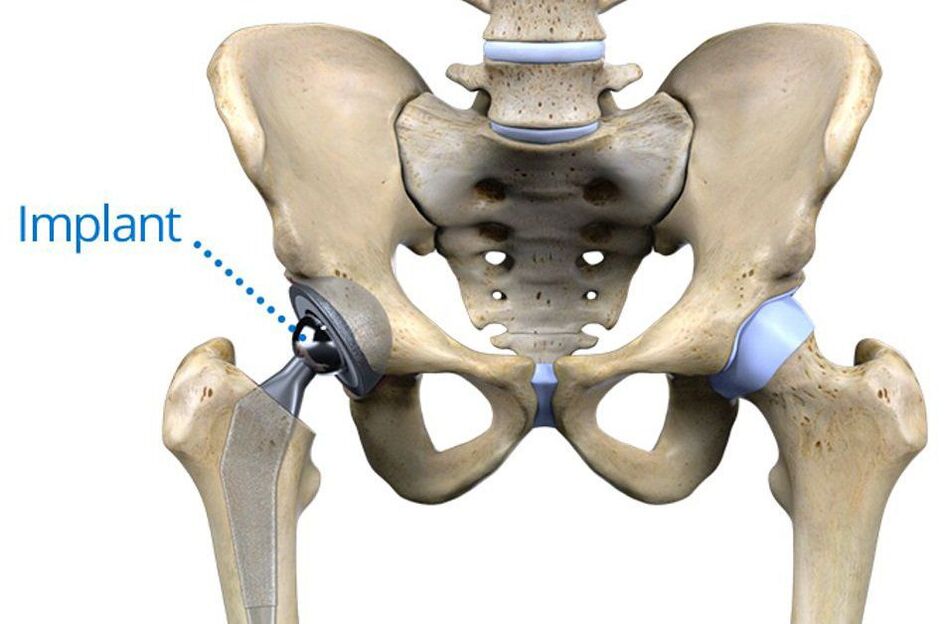
They are installed without cement or with the help of special cement. The first method is more suitable for younger patients because it involves securing the prosthesis in the pelvis by growing into a spongy layer of native bone in the pelvis. For older adults, a cement-based endoprosthesis approach is more appropriate, which holds the artificial material firmly to the bone surface even in the presence of osteoporosis.
If the normal hyaline cartilage lining the acetabular surface is preserved, the patient can be offered a partial arthroplasty. The essence is to replace only the head and neck of the femur with an endoprosthesis. Today, there are two types of this structure: unipolar and bipolar.
The former is less reliable; after installation, a total joint replacement is required subsequently. This is because the replaced artificial femoral head rubs directly against the acetabular cartilage during movement, causing it to wear out faster.
Bipolar endoprostheses do not have such drawbacks because in them the artificial femoral head has been enclosed in a special capsule that is adjacent to the acetabulum. Therefore, the cartilage covering it does not deform as the capsule acts as a cushion and artificial replacement for the natural hyaline cartilage of the femoral head.
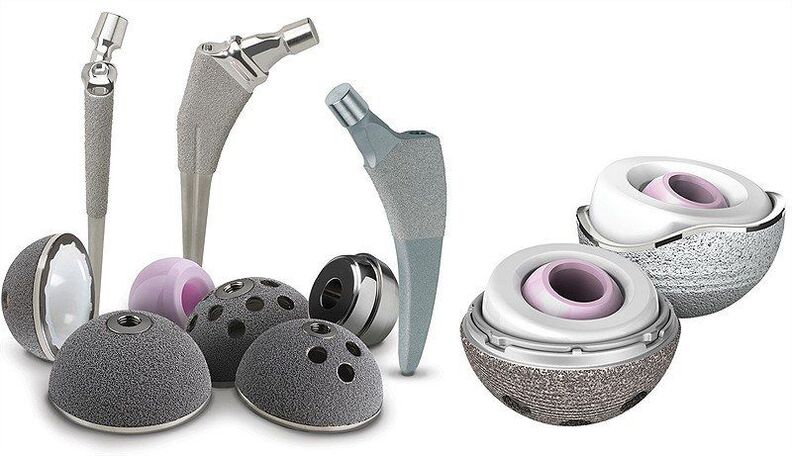
However, regardless of the type of endoprosthesis used, all patients required postoperative rehabilitation. It includes appointments of drug therapy, exercise therapy and therapeutic massage. Recovery time depends on individual characteristics. But it's important to remember that the effectiveness of surgery is directly dependent on the quality of adherence to your doctor's recommendations during recovery.
Thus, hip arthropathy is a common disorder of the musculoskeletal system that can occur even in the absence of immediate preconditions. This pathology can cause not only severe pain but also disability, so it is important to diagnose and take steps to stop its progression even at the first signs. Nonetheless, the current state of medical development makes it possible to manage advanced cases of hip arthropathy and restore the full range of motion of the hip joint as well as permanent freedom from severe pain.


















